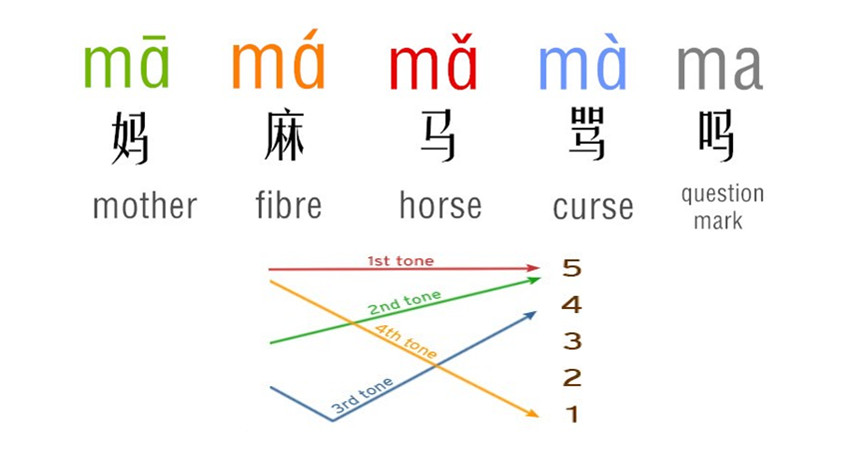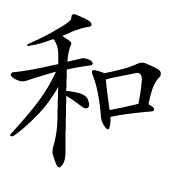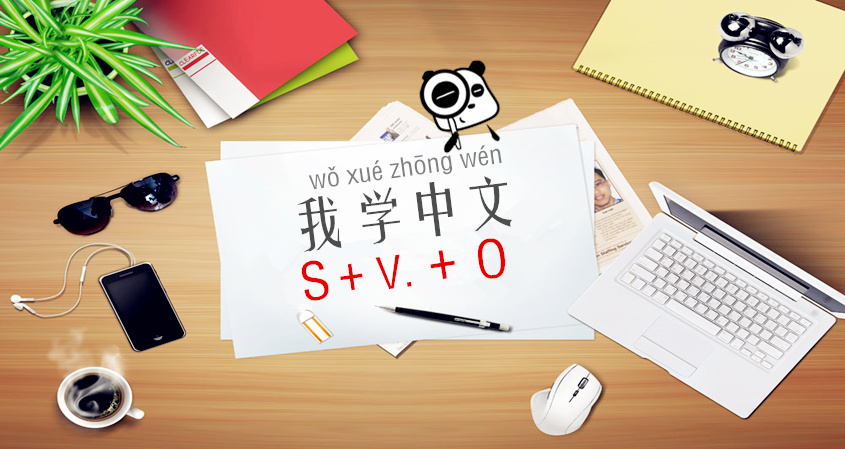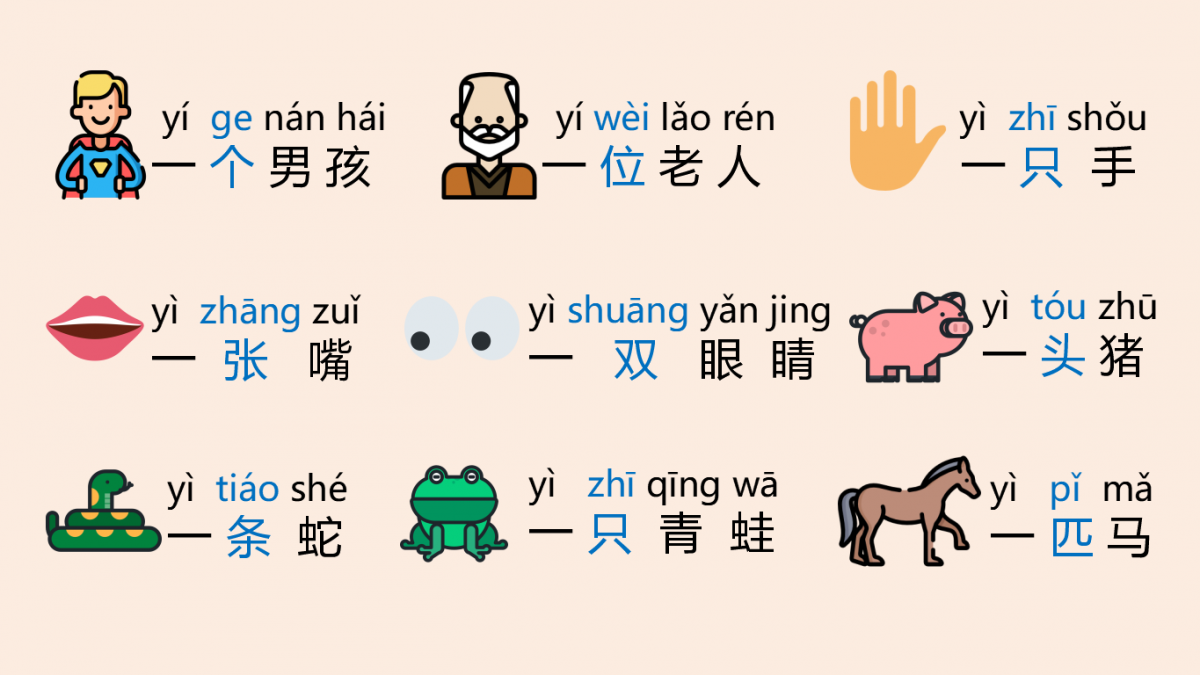6 Common Mistakes Made By Chinese Learners and How You Can Avoid
Effective language learning is all about limiting errors and doing things better. The learning process is a series of attempts, failures, and successes until you are able to do awesome things.
When it comes to learning a language, making mistakes is inevitable. But learning to avoid common traps can save you from plenty of frustration and help you reach your language goals more quickly.
Here are some common mistakes that Mandarin learners make and how you can avoid them.
Tone Deaf

Tones can be troublesome for learners. Most of us come from languages that don't use tones and it can be hard to hear the difference in the early stages of learning. Make no mistake—tones are important. Check out the difference that a tone makes:
mā = mother
má = hemp
mǎ = horse
mà = scold
ma = question mark
So, to avoid calling your mother a horse, you better get the tone right!
The fix? Listen, listen, listen. Identify the unique sound different tones make. Pay attention to diacritics when reading Pinyin. Ask a native speaker to tell you when your tone is off. And have you played the Mandarin Tone Drill? Who said tones couldn't be fun!
和hé

While used all the time in English (and many other Western languages) to connect ideas, "and" isn't used in Chinese to connect sentences. The word most often translated "and" is "和(hé)". But unfortunately, you cannot use 和 to connect ideas.
The fix? Simplify! Many sentences don't need a connector at all. Instead of saying, "I went to the shopping mall and I bought my girlfriend a mop," you can just omit the "and" altogether in Mandarin. So much easier!
Word Order

Mandarin is all about putting the most important thing first in a sentence. This topic-prominent feature makes the language unique and definitely different from English.
The fix? Chinese is pretty consistent about the sentence order, so you can always refer to the above order to construct standard sentences. For beginners, just remember the basic order of:
Subject + Time + Place + Verb + Object
我每天在网上学汉语。
Wǒ měitiān zài xiànshang xué Hànyǔ.
I learn Chinese online every day.
the Measure Words

Measure words can seem daunting and unnecessary. But they stand between you and being easily understood in your target language. Measure words are why we talk about flocks of seagulls and not a herd of them. 个(gè) is a good start, but you'll need more as your vocabulary increases.
The fix? When you learn a new noun, take note of the measure word associated with it. Add it to the back of a flashcard to drill it into your memory. Patterns will emerge, such as follows. You'll be on your way to fluency!
个gè: most commonly used in Chinese
位wèi: for people (polite)
只zhī: 1 of a pair, small animals(1 chopstick, 1 shoe, 1 eye, cats, frogs, dogs)
张zhāng: flat stuff (pieces of paper, tables, CDs)
双shuāng: pairs (2 chopsticks, 2 shoes, 2 eyes)
头tóu: for domestic or wild animals (oxen, donkeys, pigs, elephants)
条tiáo: for roads, long pieces of clothing (pants)
匹pǐ: for horses, mules, camels or bolts of cloth
Sub. + Adv. + Adj.

Often beginner students will try to directly translate the English structure of “to Be + Adjective”.
In Chinese, 是 shì is only used with nouns or noun phrases. If you want to describe a noun with an adjective, use adverbs instead. The correct structure is Subject + Adverb + Adjective. You could use 很(hěn, very)满 (mǎn, quite), 挺 (tǐng, quite), or 非常 (fēicháng, extremely)
他们很酷。
Tāmen hěn kù.
They are cool.
Ignoring Characters

Is Pinyin the crutch that's holding you back? Romanized Mandarin is incredibly useful, especially in the beginning. But not knowing characters ultimately makes one illiterate. When faced with street signs or menus or newspapers or advertisements, you'll need to lean on your knowledge of characters.
The fix? Rome wasn't built in a day. The same goes for characters. Start slow. Choose one character a day and build your repository from there. You'll start to notice radicals and the logic behind what was once a tangled mess of lines. And that light bulb moment when you read your first Chinese word in the real world? Priceless!
Let us help you avoid mistakes and reach your Chinese goals. Book a free trial lesson today.


